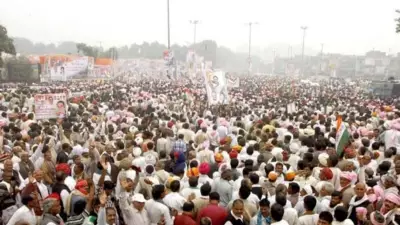
Bengaluru, India's tech capital, is grappling with a severe environmental challenge as its sewage treatment infrastructure fails to keep pace with the city's explosive growth. The consequences are visible in the frothing lakes and contaminated water bodies that dot the urban landscape.
The Treatment Gap: Numbers Don't Lie
Recent data reveals a disturbing reality: Bengaluru generates approximately 1,920 million litres per day (MLD) of sewage, but the city's treatment plants can only handle about 1,200 MLD. This leaves a staggering 720 MLD of untreated wastewater finding its way into the city's lakes and groundwater systems.
Infrastructure Struggles
The Bangalore Water Supply and Sewerage Board (BWSSB) operates 33 sewage treatment plants across the city, but many are operating beyond their designed capacity or facing technical limitations. The treated water often fails to meet pollution control standards, making it unsuitable for reuse.
Reuse Challenges and Environmental Impact
The situation is particularly critical because:
- Treated wastewater isn't being effectively repurposed for non-potable uses
- Construction projects and industries continue to draw fresh water instead of using treated alternatives
- Lakes like Bellandur and Varthur continue to bear the brunt of pollution
- Groundwater contamination poses long-term health risks
The Way Forward
Experts emphasize that Bengaluru needs a multi-pronged approach including infrastructure upgrades, stricter enforcement of pollution norms, and creating viable markets for treated water. Without immediate intervention, the city's water security and environmental health remain in serious jeopardy.
The clock is ticking for Bengaluru to find sustainable solutions to its water management crisis before the situation becomes irreversible.





